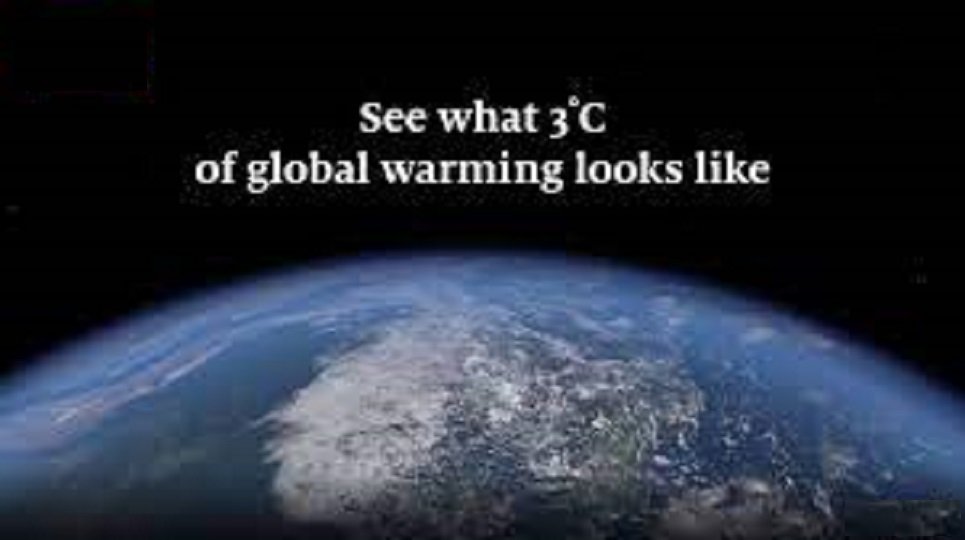Bangladesh like many other parts of the world are worst affected by global warming with capital Dhaka being filled with internally migrated people.
Experts say the children born today are likely to be seven times vulnerable to the extreme weather than their grandparents.
The scientists make the caution amid detrimental effects of climate change on occidental and oriental regions and apparent inaction of the governments, especially of the countries which are the major contributors of the greenhouse gas. The 3 degree global warming may be catastrophic if immediate preventative and mitigating measures are not taken.
Apparent heat wave, drought and extreme precipitation have already compounded the problem, scientists opined.
Rising sea level and desertification are already in place to swallow the civilization.
The Economist recently released a video report showing grim picture of the climate charge.
Titled “This is what 3°C of global warming looks like” the report claimed the effect of the climate change is already clear in some parts of the world.
Bangladesh’s capital Dhaka is hard hit by internal migrants as a consequence of the extreme weather, the report said.
The slums of Dhaka are filled up by climate migrants from southern and other parts of Bangladesh.
Hailing from southern district of Bhola, Minara Begum like thousands others have taken shelter in slums in the capital as their homesteads are washed away by river swelling due to heavy rain and melting of Himalayan Glacier.
“We have many lands, trees and fruits in the house of Bhola. We used to eat fresh foods. Now, we have lost everything. Those facilities are nonexistent. The three-time erosion of river forced us to come to Dhaka,” Minara was quoted as saying.
Like her, many others are reportedly flocking to the capital Dhaka for survival and livelihood, the report claimed.
Philippines, Myanmar and Pakistan are exposed to the highest vulnerability of climate changes although no country of the world is immune to it.
Britain, New York, Germany and Western Europe are also experiencing scorching heat.
But the global leaders keep promising to reduce emission of carbon and toxic fumes to a tolerable limit without translating it into work.
It’s an entirely plausible scenario. The film of the Economist shows the catastrophic consequences.
“A rise of 3°C in global temperatures above pre-industrial levels by 2100 would be disastrous. Its effects would be felt differently around the world, but nowhere would be immune. Prolonged heatwaves, droughts and extreme weather events could all become increasingly common and severe. Worryingly, slow progress from governments in cutting emissions make this an uncomfortably plausible scenario. This film shows what that world would look like.”

